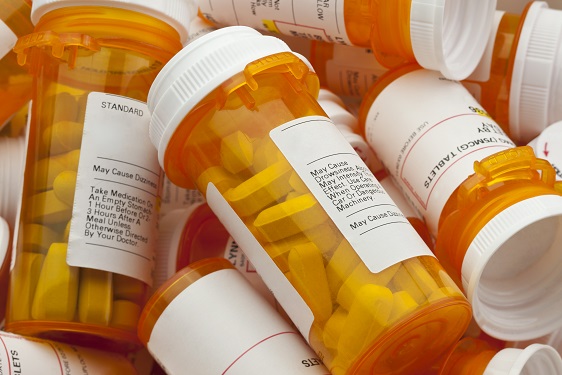Children on Medicaid frequently prescribed opioids for self-limited conditions

Fifteen percent of Medicaid-insured children in Tennessee received outpatient prescriptions for opioids related to predominately acute, self-limited conditions between 1999 and 2014, according to recent findings. Children aged 2 to 5 years made up more than 10% of this population.
“People are increasingly aware of the problem of opioid prescription in adults, but not much data are available on opioid use in children,” Cecilia P. Chung, MD, MPH, assistant professor of medicine in the divisions of rheumatology and clinical pharmacology at Vanderbilt University School of Medicine, told Infectious Diseases in Children. “Since children constitute a quarter of the United States population, we wanted to find out the extent to which the trend of increased opioid prescribing and toxicity has affected children.”
The researchers estimated the number of opioid prescriptions made in outpatient settings as well as the frequency of adverse events related to those drugs in children who were insured through Medicaid in Tennessee between 1999 and 2014. These children were aged between 2 and 17 years, and had no major chronic illnesses, prolonged periods of hospitalization, institutional residence or signs of substance use disorder.

The average annual prevalence of outpatient opioid prescriptions was 15%, with 1,362,503 prescriptions provided during the study period. Nearly one-third of all opioid prescriptions were provided in connection with outpatient dental procedures (31.1%). Other reasons for prescription were outpatient procedures and/or surgeries (25.1%), trauma (18.1%) and infections (16.5%).
Chung and colleagues said 437 reported adverse events were linked to opioid use, which were confirmed using medical records. The cumulative incidence of adverse events related to opioids was 38.3 events per 100,000 opioid prescriptions. Most events (88.6%) were connected to the opioid prescription, and 71.2% of children followed the prescribed regimen.
The risk of adverse events increased when children were older (incidence rate ratio (IRR) = 2.22; 95% CI, 1.67-2.96; 12-17 years vs. 2-5 years) and with higher doses (IRR = 1.86; 95% CI, 1.45-2.39; upper vs. lower dose tertiles).
“First, physicians should be aware of the high frequency at which children without serious conditions are prescribed opioids, and they should consider whether alternatives like NSAIDs will work as well or better [than opioids],” Chung said. “In terms of prevention, if opioids are needed, physicians should consider using the lowest effective dose because higher doses were associated with a higher risk of side effects.” – by Katherine Bortz
Disclosures: The authors report no relevant financial disclosures.

